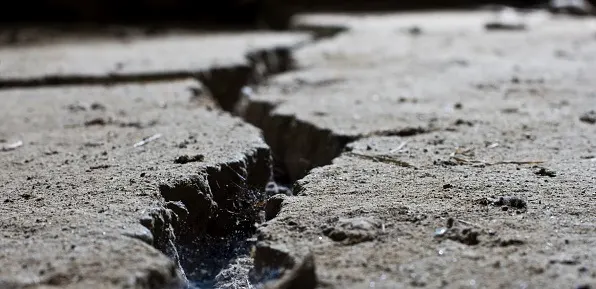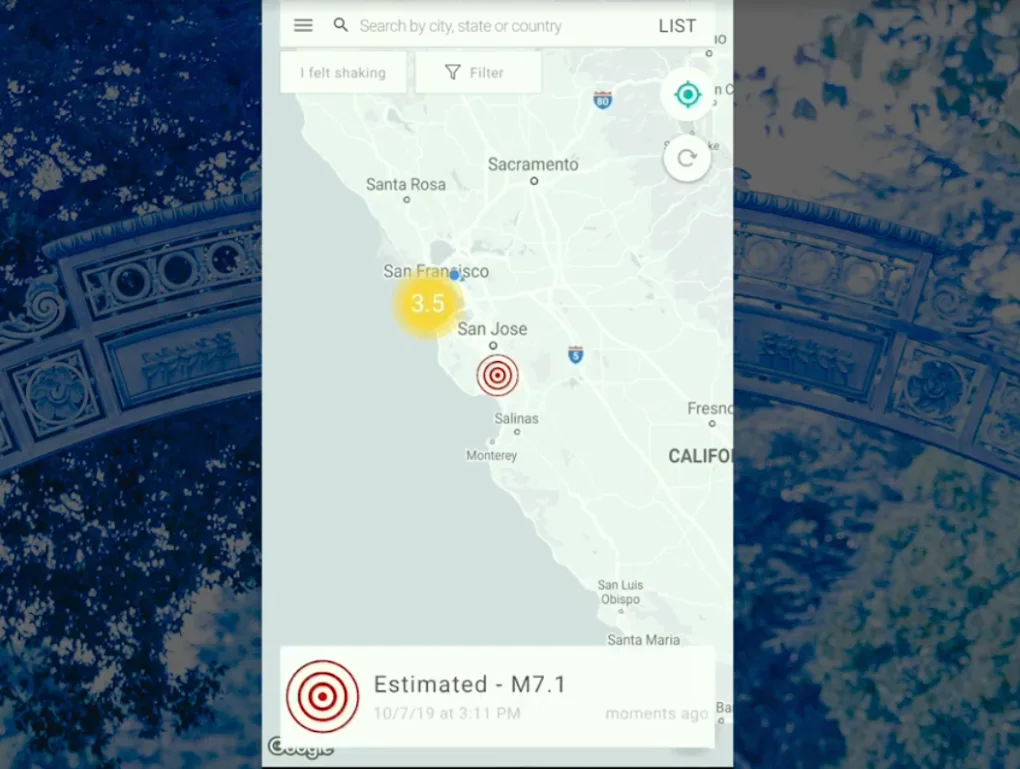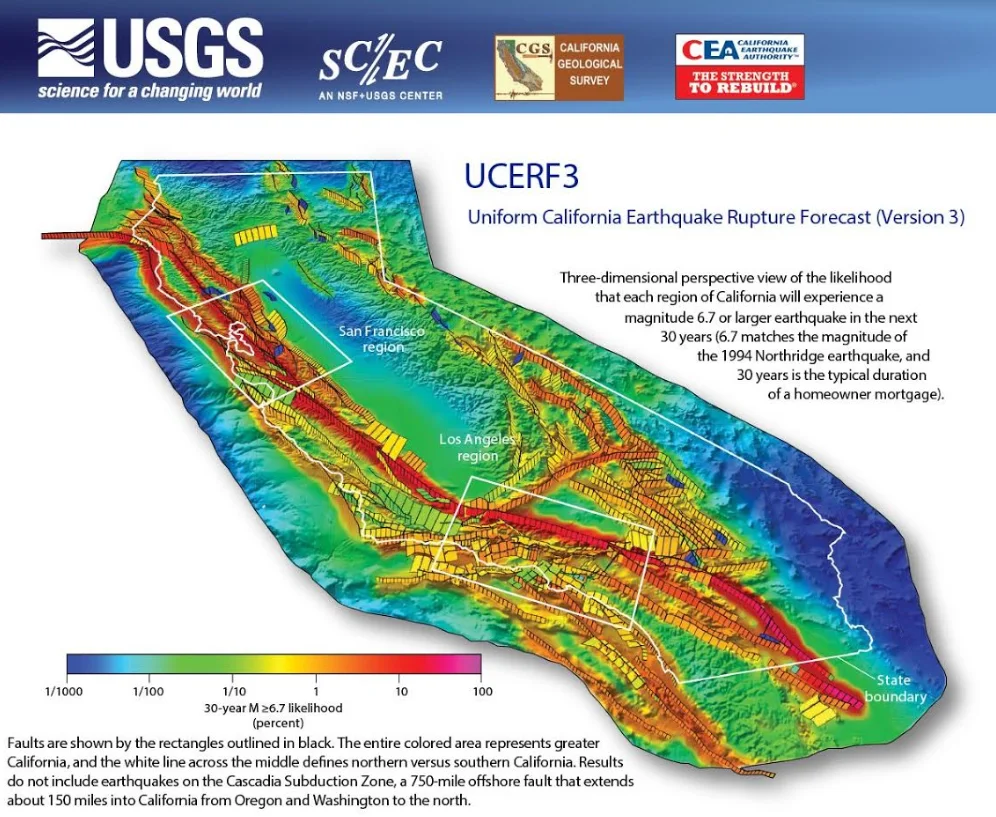
New app provides early earthquake warnings to Californians
California residents can now be alerted up to 20 seconds before a strong earthquake hits.
Seismologists and engineers from the University of California, Berkeley, have designed the nation’s first statewide earthquake early warning system that will deliver alerts via cell phone after downloading the MyShake app.
The potentially life-saving app does not predict earthquakes. Rather, it provides users some extra seconds to prepare before the ground starts to shake. Turning off gas, taking cover, or moving away from windows or power lines are just some of the things that can be done during those valuable, and potentially life-saving, seconds.
The app has been designed to alert users of earthquakes that are a magnitude 4.5 or greater in their area.
California Governor Gavin Newsom announced the launch of the app on October 17, the 30th anniversary of the devastating 1989 Loma Prieta earthquake.
The powerful magnitude 6.9 earthquake caused major damage to buildings, roads, overpasses, and bridges from Santa Cruz north into the Bay area. Sixty-three people were killed and 3,757 where injured.
MyShake alerts are based on the actual alerts reported by the ShakeAlert earthquake early warning system, managed by the United States Geological Survey. The California Earthquake Early Warning System uses hundreds of seismic sensors across California, Oregon, and Washington to detect fast-moving seismic P waves from major earthquakes.
“The app was developed by UC Berkeley Seismology lab as a citizen science project to use smartphones to build a global seismic network, and to provide useful earthquake information to the public,” Jennifer Strauss, Ph.D., an External Relations Officer at the Berkeley Seismology Lab, told The Weather Network. “Now we are also providing early warning alerts in California in partnership with ShakeAlert.”

When you click on the map after the initial alert, you can see information on the estimated location and magnitude of the quake. This information will stay there until further details become available after the earthquake. Courtesy: https://myshake.berkeley.edu/
Animals are usually the first to feel P waves as they travel through the interior of the Earth. P waves arrive before damaging surface waves and have a higher frequency, allowing locations furthest from the quake epicentre to have the earliest warning. The early detection system has already been in use around the San Francisco area rail system. The Bay Area Rapid Transit (BART) slows down its trains to avoid train derailment in the event of a strong earthquake.
WATCH BELOW: SCIENCE BEHIND EARTHQUAKES
The new alert system is also being used by fire stations to open their garage doors so that trucks are not trapped inside before an electrical power shutdown occurs. At hospitals, surgeons get just enough extra time to pull their scalpels from inside patients, while local refineries can close valves to prevent spilling dangerous chemicals.

Courtesy: USGS
During the last major 7.1 magnitude Ridgecrest earthquake this past July, the quake alert system issued an alert 7.4 seconds after it struck. This would have provided residents about 20 kilometres from the epicentre with enough warning time to take action.
The MyShake app is also designed to deliver alerts through the Wireless Alert System (WEA), a system currently used to deliver severe weather warnings and AMBER alerts.
Prior testing shows how the app can provide alerts in as little as 3.7 seconds, considerably faster than the 13 seconds it takes the WEA system to launch a similar alert.
Western British Columbia, located on the Pacific Ring of Fire, is one of the most active seismic regions in Canada. Here, the University of Victoria’s Ocean Networks Canada operates real-time sensor networks underwater and on land using an advanced data management system.
This subsurface movement data adds valuable warning time to decision-makers and for those potentially affected by a quake. Other earthquake-prone countries of the world like Japan or Mexico have also developed early warning systems. The MyShake app will someday be useful for millions of people that live in areas of the planet where the earth shakes frequently and there are currently no reliable warning systems.
Thumbnail image courtesy: Getty Images
